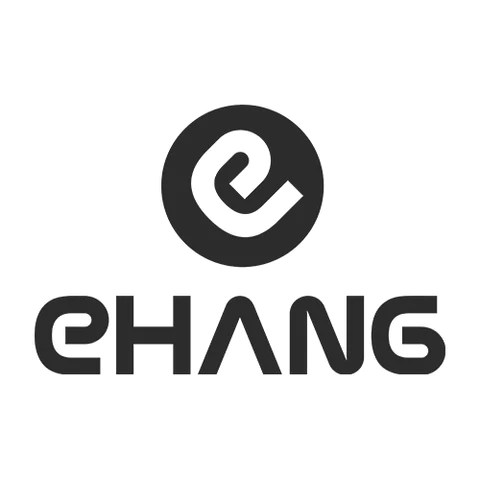Ayesha Mahmood, Vice President of Software Engineering at Zscaler.
In the rapidly evolving landscape of enterprise software, the challenge of feature bloat has become increasingly prevalent. As organizations strive to offer comprehensive solutions, the temptation to continuously add features can lead to unwieldy, complex products that ultimately dilute value for users.
How can companies determine which features to build and which ones to avoid? The answer lies in a customer-centric approach and strategic prioritization.
Stay Close To Customers
The cornerstone of effective product development is understanding your customers’ needs. Engaging directly with users through interviews, surveys and feedback sessions can provide invaluable insights into their pain points and preferences. However, this should not be a one-time effort. Establish ongoing communication with your customers to keep abreast of their evolving requirements.
By collecting customer sentiment and behavior data, some of my teams were able to use the data to inform the prioritization of our features and also simplify some of the user experience by pushing more important clickable interactions above the fold. In certain cases, we’ve been able to do a follow-up user research study on flows that have the most bounce rate or least user engagement in the last 90 days.
By fostering strong relationships, you can cultivate a deep understanding of what truly matters to your users. This empathy will guide your development process, ensuring every feature added is aligned with their needs and adds genuine value.
Build High-Value Features
Not all features are created equal. As you gather insights from your customers, focus on building features that directly address their biggest challenges or enhance their productivity. High-value features often solve critical problems, streamline workflows or provide unique capabilities that set your product apart in a crowded marketplace.
One of the examples of a high-value feature my team built based on user behavior data analysis was showing actionable buttons for alerts that can have auto or immediate remediation.
Tools like Userpilot or Pendo can help teams gain deeper insights into user behavior. These UI telemetry tools can help you track how users interact with your software, revealing patterns and trends that inform your feature set. By understanding which features are frequently used and which are ignored, you can make data-driven decisions about what to prioritize in your development roadmap.
Prioritize Features Wisely
With a wealth of customer feedback and behavioral data at your disposal, the next step is to prioritize your features effectively. Create a framework that evaluates potential features based on criteria such as user demand, implementation complexity and potential return on investment. Features that rank high on user demand and low on implementation complexity should take precedence.
This framework worked similarly to the priority matrix framework. We created it in collaboration with the program and product teams, which helped with implementation, and there was stakeholder buy-in from the get-go.
Moreover, be mindful of the risk of becoming bloated like some legacy software solutions. While legacy solutions can be powerful, their extensive feature sets can overwhelm users—possibly making simpler alternatives more appealing. By prioritizing essential features and avoiding unnecessary additions, you can maintain a streamlined product that meets user needs without overwhelming them.
Embrace Iterative Development
In today’s fast-paced environment, the ability to adapt quickly is crucial. Embrace an iterative development process that allows for regular updates and improvements based on user feedback and changing market conditions. This approach not only keeps your product relevant but also fosters a culture of continuous improvement within your development team.
By releasing features incrementally, you can gauge user reactions and adjust accordingly. This not only minimizes the risk of feature bloat but also empowers your users, as they feel their input directly shapes the product they rely on.
Remember, the goal is not to create the most feature-rich product but rather to deliver a solution that genuinely enhances your users’ experience and addresses their needs. By doing so, you will foster loyalty, drive adoption and ultimately achieve sustained success in the competitive software landscape.
Forbes Technology Council is an invitation-only community for world-class CIOs, CTOs and technology executives. Do I qualify?











